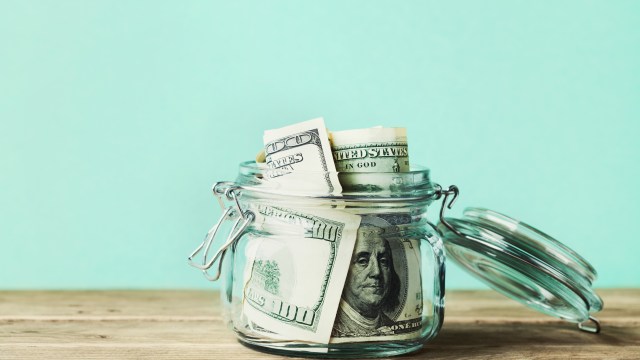This One Science Lesson Shows How Isolation Can Stop The COVID-19 Coronavirus
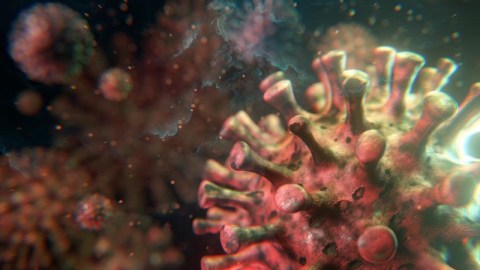
Now is not the time to panic. But it’s the perfect time to get informed.
The typical human body is made out of some 10²⁸ atoms distributed across approximately 100 trillion cells. And yet, it only takes one infectious pathogen to get past our immune system’s defenses to put our lives at risk. In the case of the COVID-19 coronavirus, this life-threatening epidemic is rapidly spreading throughout the world. And yet the simplest defense, from a public health standpoint, is simple and straightforward: isolation.
It’s hard to understand, for most people, why such an extreme measure would need to be taken. But there’s a simple experiment you can perform — suitable even for a classroom full of young children — that demonstrates just how quickly a disease can spread without isolation, but how swiftly it can be contained with it. All you need is:
Today In: Science
- a large number of cups of water,
- a small amount of a strong base (like lye), and
- an eyedropper full of a good indicator, like phenolphthalein.
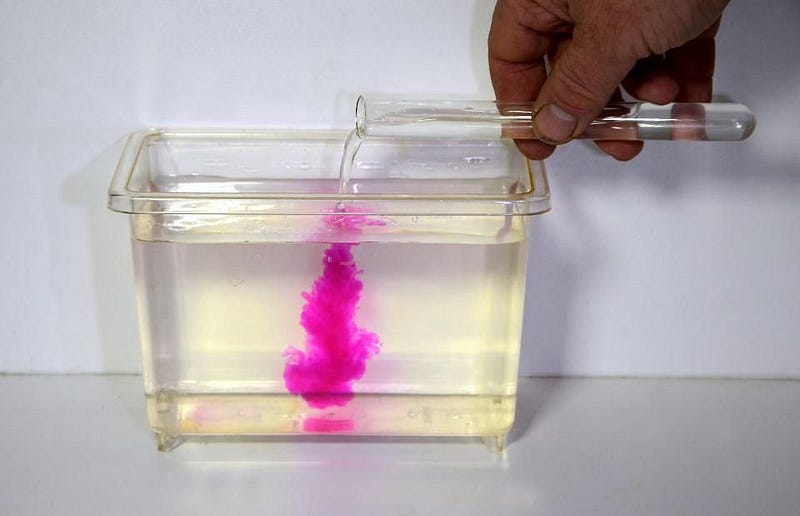
Everyone starts out with a plain cup of water, which represents an uncontanimated, uninfected body. The phenolphthalein represents a test to see, simply by dropping a single drop in the water, whether the body is infected (if it turns pink) or uninfected (if it stays colorless). And the lye represents the infection: if there’s even a small amount of lye in the water, the entire cup will have its pH rise to a level where phenolphthalein turns it from clear to colored.
So long as no infectious diseases are allowed to enter the room, there’s no way that lye is going to get into your cup. But if someone enters the room with a cup that isn’t filled with water, but with a water-and-lye solution, they could be carrying an infection. If you had a good test and you tested everybody at the door — like dropping phenolphthalein into each person’s cup who sought entry — you could simply place everyone who might infect others into isolation, protecting the uninfected.
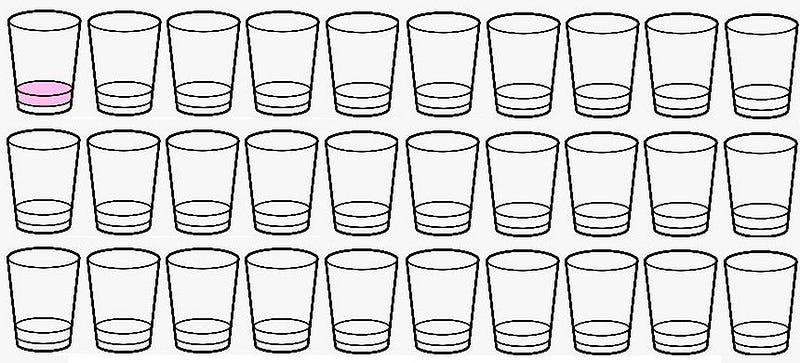
But COVID-19 doesn’t have a test that works in this fashion. The only widespread tests we know how to perform, at this point in time, will detect whether you’re infected with COVID-19 after you begin showing symptoms, whereas you’re contagious from the moment you contract it until you no longer have symptoms of the illness. Either you have to turn everyone away, isolating populations from one another, or you let people in, running the risk of introducing an infection.
So let’s say you do let somebody in, and that they do have an illness that can be transmitted. Let’s say they do have lye in their cup, along with the water. There’s a term floating around in the media — you might have seen it before, it’s called R_0 (pronounced “ARR naught”) — which represents how contagious a disease is. For COVID-19, R_0 = 2.2, meaning that each newly infected person can expect to infect 2.2 additional people, on average.

The first person to come into the room, then, will most likely infect 2 other people. This can represent a handshake (with dirty hands), a hug or a kiss, or any exchange of bodily fluids that could transmit an infection from one person to the other. And with a disease where R_0 = 2.2, that means they’ll need to do it twice. For this particular experiment, that means the (infected) person who enters the room needs to:
- mix their cup and another person’s cup together,
- leaving each with half of the total amount of fluid,
- and then to do that same thing again to a different person.
At this point, the person who entered the room should now be considered “symptomatic,” which means they can receive their drops of phenolphthalein, learn they’re infected, and choose to isolate themselves.
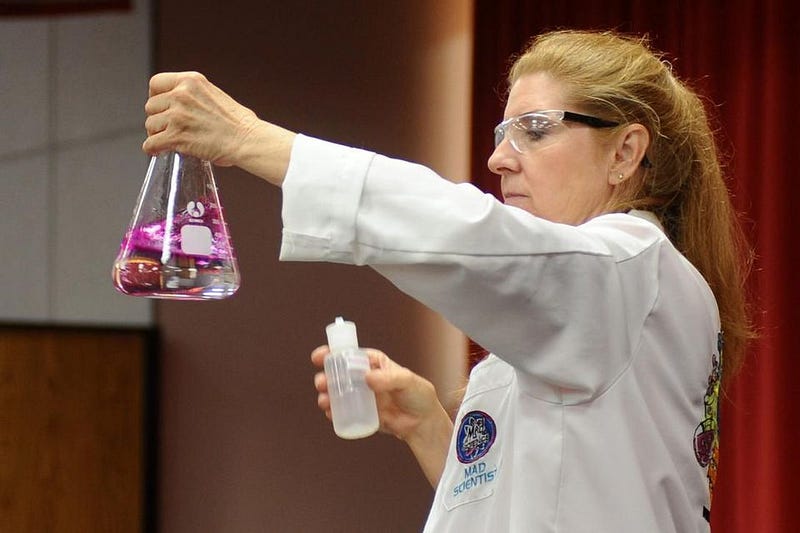
If you’re at all interested in public health — in controlling the spread of a potentially deadly disease — this is where a crucial decision needs to be made. You can either impose quarantine (or forced isolation), where you’ll surely prevent the disease from spreading beyond the room, the building, or the city that it’s in, or you can proceed with business as usual.
Neither one of these is an optimal choice, since quarantine has a large number of negative consequences. For one, it’s enormously disruptive to people’s daily lives, to their jobs and careers, to their families, and to the economic functioning of a city, country, or even the entire planet. For another, it pretty much dooms the entire quarantined area to an inevitable infection, particularly if the value of R_0 is on the large side.
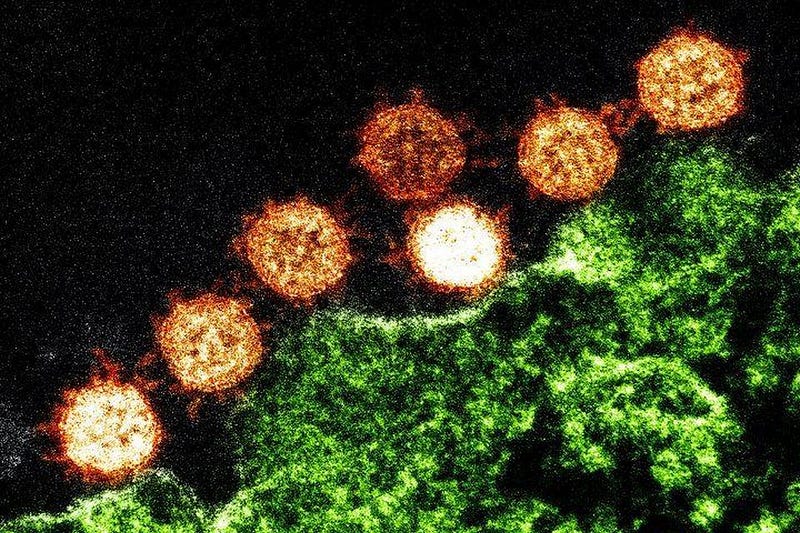
With a value of R_0 = 2.2, continuing the experiment shows how easily this infection can spread. In most cases, the people who got infected won’t know that they’re infected (or even at risk of being infected) until after they’ve transmitted the disease to two other people. That means they both get to do what the first person did to them:
- mix their cup and another person’s cup together,
- leaving each with half of the total amount of fluid,
- and then to do that same thing again to a different person.
At this point, the number of infected people has risen from 1 to 3 and now to 7, and then the four newly infected people will likely go on to infect an additional two people apiece. If we still don’t isolate the population after that, it’s only one or two more steps until the entire room becomes infected.
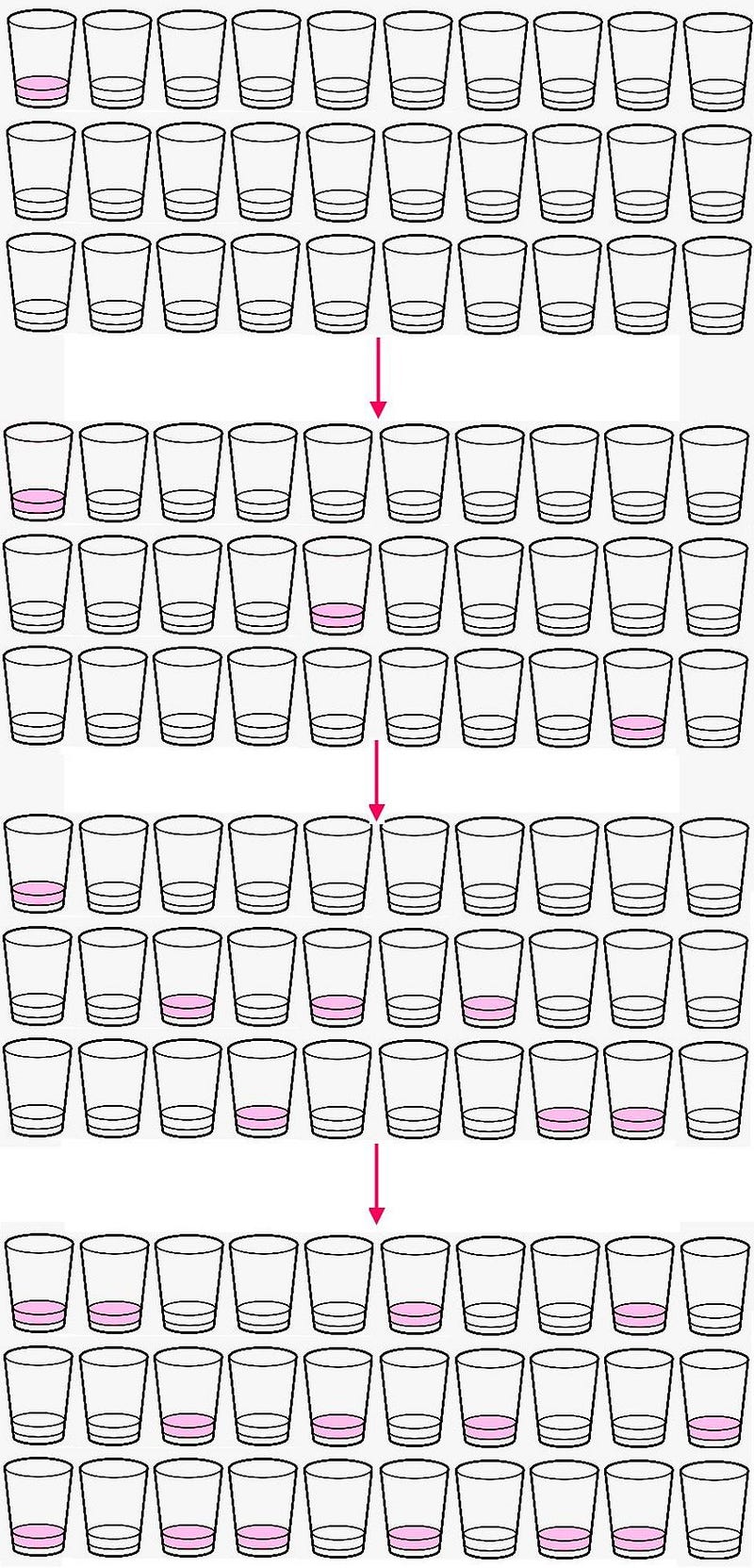
Every time someone who is infected travels to a new, uninfected population, they run the risk of introducing this infection to a new group of people. The disease can spread from one room to another, from one building to another, from one city to another, from one nation to another, etc. The worst thing of all that can occur in this situation is for people to not self-isolate, particularly if they’re in a region where the infection is known to already be present.
If every city, state, and country in the world had taken COVID-19 seriously as a potential pandemic when it first arose, it would have remained confined to Hubei province in China: where Wuhan is located. A few travel areas — cruise ships, cities with airports, and other locations — would have been quarantined as well. It would have represented a significant disruption to people’s lives all over the world, but the infection would not have spread to countries all over the world.

But that is not what happened. Instead, it’s as though all of these infected “cups” were allowed — even encouraged, some would argue — to continue traveling and living their lives as though there weren’t a deadly new infection spreading throughout the world’s population. A single infected person who fails to isolate themselves can infect far more than 2 people; if one infected person decides to “exchange fluids” with every cup in the room, they’ll infect the entire population all by themselves. (If you perform this experiment in a high school classroom, you’ll often encounter at least one student who attempts to do exactly this.)
As of March 10, 2020, there are a total of 118,861 cases of COVID-19 worldwide, with 4,269 people dying of it as a result. The COVID-19 coronavirus is affecting a total of 117 countries and territories, with approximately 4,000-to-5,000 new cases per day and around 200–300 new deaths per day. Although this illness has been compared to the flu, it’s far more lethal, particularly in older populations.
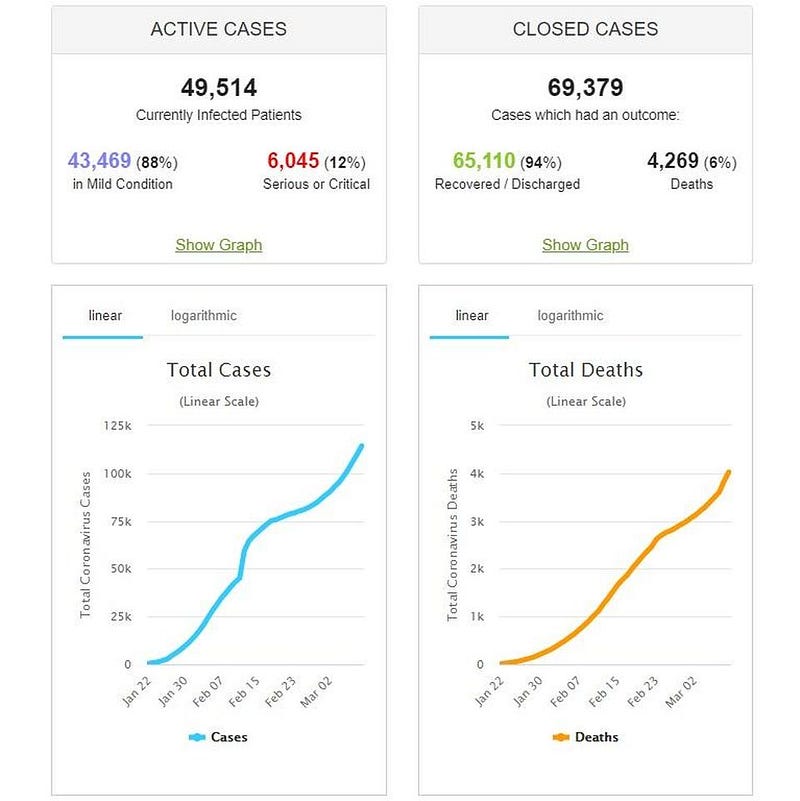
Wherever the most vulnerable populations are located, those should be where restrictions on who’s allowed in should be tightest. Hospitals, retirement communities, assisted-living facilities, nursing care facilities and other locations with similar population demographics are the types of environments where infection among the general population there is most likely to lead to death.
Overall, men are more likely to die than women (4.7% to 2.8%, among confirmed cases), and children under 10 are the least likely to die, with no reported fatalities among infected individual age 9 and under. But you have better than a 1-in-100 change of dying if you’re 50 or over and you get infected, and that rises to a 1-in-12 chance if you’re 70 or over. The overall death rate is about 30 times higher than the seasonal influenza (flu) virus, which has a death rate of typically just 0.1%.
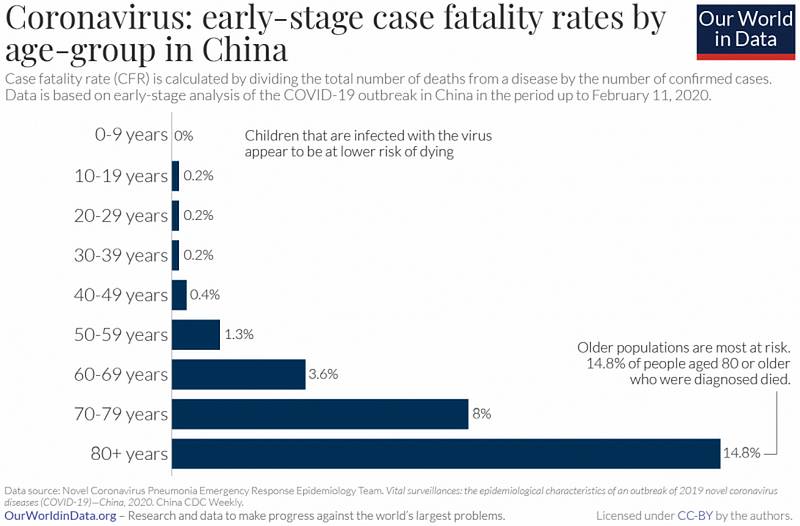
Yes, there are some common sense things we can do as individuals. We can leave the house as little as possible, and travel only short distances within our community when we do. We can wash our hands for 20 seconds with soap and water whenever we contact a foreign surface or another individual. We can even wear a mask to protect others if we suspect we might be carrying an infection, and we must all make the decision to stay home if we show symptoms.
But unless we all participate in an effort to isolate the infected (or potentially infected) from uninfected populations, particularly among the ones who run the greatest risk of dying (the elderly), this has the potential to become a public health disaster in every country across the globe. If we care about the health and safety of others, we’ll heed the warnings of this simple experiment, and prevent ourselves from transmitting our potentially infected fluids to others.
Ethan Siegel is the author of Beyond the Galaxy and Treknology. You can pre-order his third book, currently in development: the Encyclopaedia Cosmologica.





